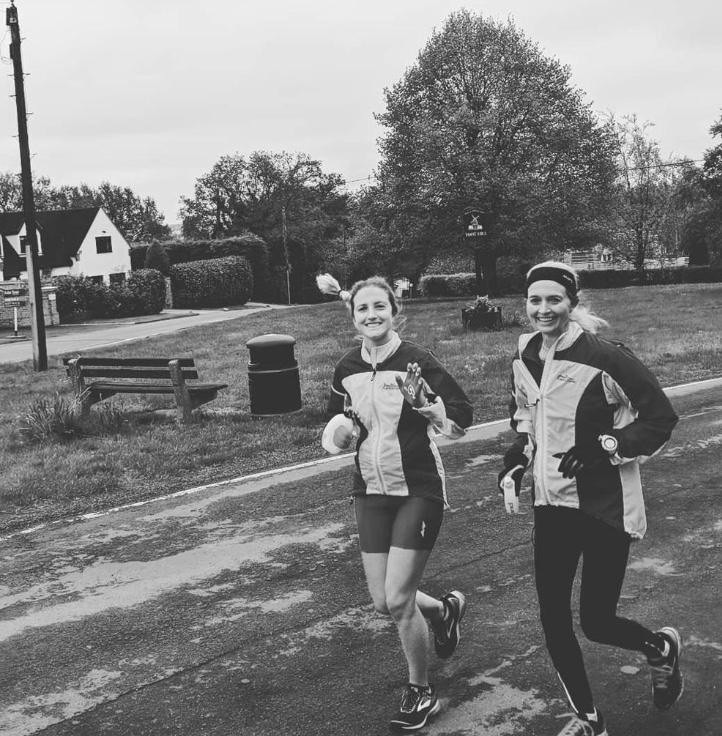Why should we exercise?
We are always being told that exercise is good for us, but how important is it really?
The positive effects of physical activity on physical and mental health as well as the quality of life have been well documented. Insufficient activity is a major public health problem and the Department of Health describes it as the ‘silent killer’. A study done by Public Health showed that the UK had the worst ‘inactivity rates’ compared to the USA, Australia, Finland, France, Germany, and the Netherlands. Surprised?
Why are we so inactive?
Previous generations were more active due to more manual jobs and lifestyles. With the growth of technology so too is the growth of sedentary lifestyles. For example, driving everywhere, using phones, computers, laptops, computer games, robot vacuum cleaners, sit down lawnmowers, online shopping and home delivery so you don’t even have to leave the comfort of your sofa. Research shows that adults spend over 7 hours a day sitting down, at work, on transport or in their leisure time. People aged over 65 are the most sedentary group and spend 10 hours or more each day sitting or lying down.
What are the benefits of exercise?
Exercise has significant health benefits and some you may not even realise. These include reducing the risk of cancer, diabetes, cardiovascular disease, lower back pain, depression, anxiety and COPD (lung diseases).
The table below shows how much physical activity can help reduce the risk of long-term conditions and mortality. For example, doing physical activity can reduce your risk of getting breast cancer by 20%!
| Disease | Risk reduction |
| Death | 20-35% |
| CHD and Stroke | 20-35% |
| Type 2 Diabetes | 35-40% |
| Colon Cancer | 30-50% |
| Breast Cancer | 20% |
| Hip Fracture | 36-68% |
| Depression | 20-30% |
| Hypertension | 33% |
| Alzheimer’s Disease | 20-30% |
| Functional limitation, elderly | 30% |
| Prevention of falls | 30% |
| Osteoarthritis disability | 22-80% |
Start Active, Stay Active (2011) based on US Department of Health and Human Services Physical Activity Guidelines Advisory Committee Report (2008)
On top of these long-term conditions, physical activity can help with:
- Sleep – exercise helps you drift off more quickly and into a deeper sleep, allowing a better night’s rest. A good night’s sleep is essential for overall health.
- Boost energy levels – the surge of blood around the body transports oxygen to the brain to make you feel mentally alert. It also increases blood flow to the tissue as well as your lungs and heart. Better conditioned muscles and cardiovascular systems require less effort to perform physical tasks and overtime as the body becomes stronger so too does the immune system reducing the risk of illness.
- Memory – regular exercise has also been shown to improve memory and learning functions, both of which are impaired by chronic stress. Scientists have also discovered that exercise helps in preventing dementia and cognitive impairment in older adults.
- Depression – Exercise helps chronic depression by increasing serotonin, which helps your brain regulate mood, sleep, and appetite. Immune system chemicals that can worsen depression are also reduced.
- Mood – exercising also releases a chemical called endorphins in the brain, which helps to improve your mood.
- Reduces inflammation and visceral (abdominal) fat – increasing physical activity increases muscle activity, which then increases a substance called anti-inflammatory myokines. This, in turn, reduces systemic inflammation and also reduces the fat around your organs knows as visceral fat. Visceral fat itself can be dangerous and causes an increased risk of dementia, heart disease, diabetes, stroke, breast and colon cancer.
How much should we be doing?
The UK Chief Medical Officers recommend:
- 150 minutes of moderate-intensity activity per week OR
75 minutes of vigorous-intensity activity per week OR
A combination of both
- Muscle-strengthening activity at least 2 days per week
- Limit time spent sitting for extended periods (recommend getting up for 2 mins every 20 mins)
- For older adults (65+) – Balance and co-ordination activities at least 2 days per week
So what shall we do during “LOCKDOWN” due to Covid-19?
Being in lockdown and self-isolation doesn’t mean you have to be inactive. The most important factor is to pick something that you enjoy doing, make it achievable and build it into part of your daily routine.
For example:
- Walk around while you are talking on the phone
- Raise your computer/laptop on some boxes so you can stand whilst working
- Set a reminder to get up every 30mins
- No daytime TV! Keep the TV turned off during your normal ‘work/school hours’
- Give your house a spring clean, mow the lawn, sweep the drive
- Go for a walk, cycle or run every day. Make the most out of the one trip we are allowed to do outside during lockdown and get some fresh air.
- Online exercise programs – There are currently lots of online videos for home exercise inspiration – this could be Yoga, Pilates, weights or High-intensity interval training (HIIT)
- Set yourself a goal to stay motivated or set a family challenge e.g. to be able to run 5km in 9 weeks’ time, to be able to do 10 x press-ups or to hit 8000 steps per day.
Remember…. More is better. Some is better than none.
By Lisa Posnett


